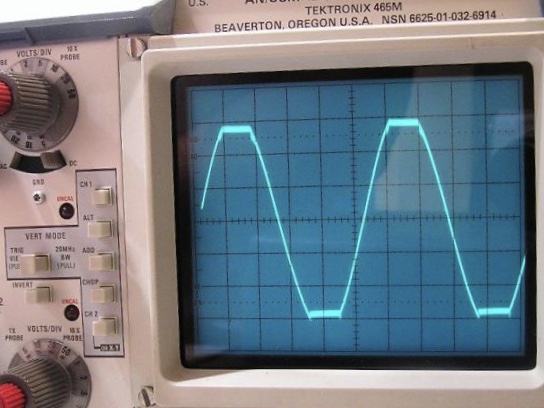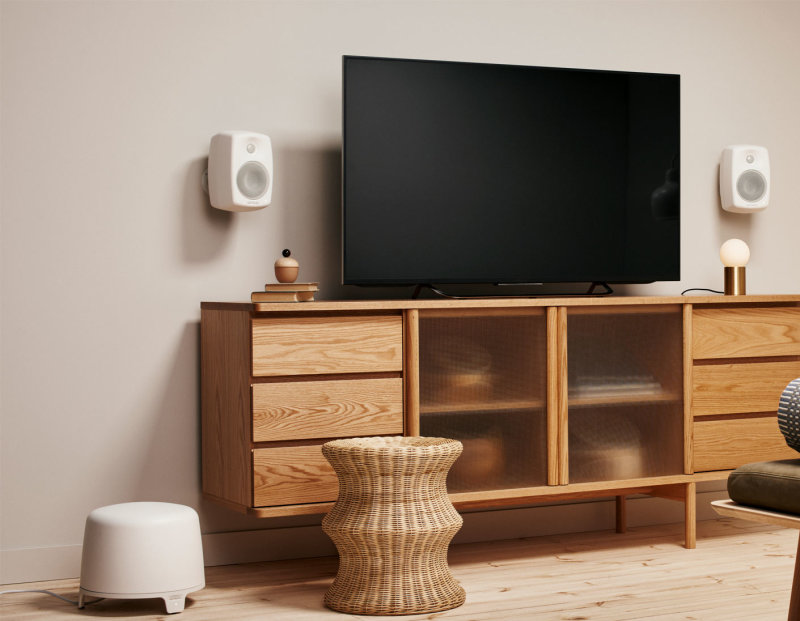reply to #52 and 53: have a look at this book - ISBN: 978-0240515786 - edited by John Borwick especially the chapter by Martin Colloms that goes into this issue in some depth. It blows quite a few HiFi myths up and also presents some salutary advice. A warning though, the book is expensive - even on Kindle!!
If you Google the book you can get some extracts to read including Colloms' Chapter;
PS: a distorting/clipping amplifier produces harmonics which tilts the power spectrum considerably to the HF and so challenges the tweeter whose power rating is typically quite low on the assumption that the spectrum up there is sparse. Moral: Don't let your amp distort. How do you know it isn't clipping transient peaks [read the book]?
If you Google the book you can get some extracts to read including Colloms' Chapter;
PS: a distorting/clipping amplifier produces harmonics which tilts the power spectrum considerably to the HF and so challenges the tweeter whose power rating is typically quite low on the assumption that the spectrum up there is sparse. Moral: Don't let your amp distort. How do you know it isn't clipping transient peaks [read the book]?


Comment